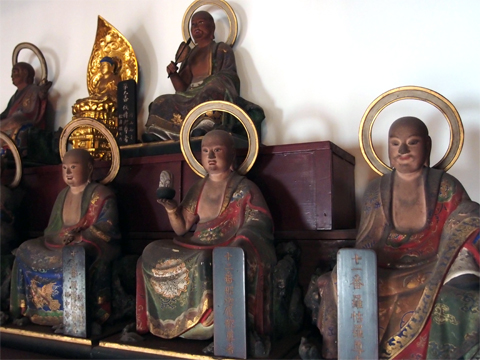Hi Everyone!
Kakunen from Japan.
I take videos at Tenryuji (Kind of my home temple)
I practice at here.
Sharing two video,main hall and Zendo)
I hope this will be good opportunity to know Japanese temple and culture.
I explain at video,but my English is not good.So maybe Jundo add explanation!
Video1
Video2
Please enjoy!
Gassho
Sat today
Kakunen
Sent from my iPhone using Tapatalk
Kakunen from Japan.
I take videos at Tenryuji (Kind of my home temple)
I practice at here.
Sharing two video,main hall and Zendo)
I hope this will be good opportunity to know Japanese temple and culture.
I explain at video,but my English is not good.So maybe Jundo add explanation!
Video1
Video2
Please enjoy!
Gassho
Sat today
Kakunen
Sent from my iPhone using Tapatalk








Comment